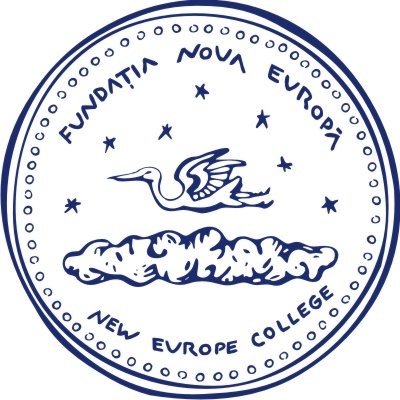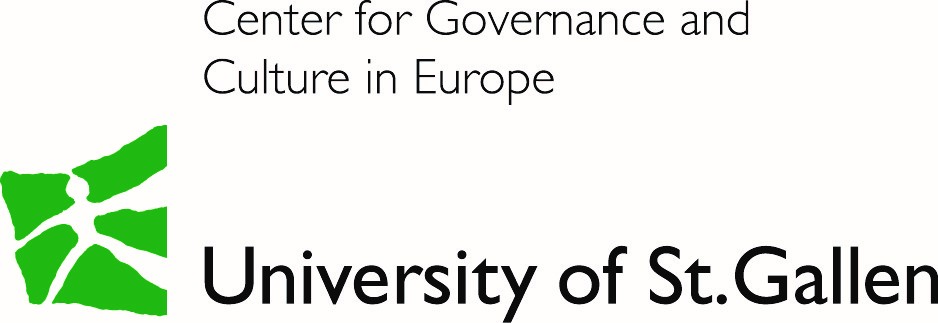

Proposals Submission Deadline: April 14, 2019
Notification of the Applicants: May 10, 2019
Full Chapters Drafts due: October 10, 2019
Workshop Date: December 5-6, 2019
Completed Chapters due: April 15, 2020.
Among the nations of Eastern Europe, Ukraine has one of the longest land borders, which it shares with seven other countries. These include three former Soviet republics: Russia, Belarus, Moldova and four EU member states: Poland, Slovakia, Hungary, and Romania. While its borders with these EU countries are clearly delineated, the borders Ukraine shares with its ex-Soviet neighbours have yet to be formally ratified. The porousness of these border regions became a real threat to the country’s national security and sovereignty in 2014, when Russia annexed Crimea and granted its support to pro-Russian insurgencies across Eastern Ukraine.
The proposed volume aims to consider the historical context and differing perspectives surrounding the formation of Ukraine’s contemporary borders. The origins of these borders lay in the national revolution of 1917-1920, and the establishment of the Soviet Ukrainian government in 1919. A new Ukrainian-Russian border was agreed upon that same month but remained in a state of continual fluctuation as the two states continued to engage in various limited territorial exchanges up until 1926. Ukraine’s borders with Soviet Belarus and the Moldavian SSR after 1940 were regarded as internal partitions within the Soviet Union that were often defined by the Communist leadership in Moscow. Conversely, the country’s western border came to be shaped by external military conflicts, such as the Polish-Soviet War, Soviet occupation of Western Ukraine in 1939, and the end of the Second World War. The latest alteration to Ukraine’s borderline was the transfer of the Crimean oblast of the RSFSR to Soviet Ukraine in 1954 that symbolically marked the 300th anniversary of the Pereiaslav Council of the Ukrainian Cossacks’ decision to join the Russian Empire in 1654.
The editors are seeking original contributions that cover the history of Ukraine’s border regions, examining the processes of negotiation, delineation and contestation which came to define the boundaries between Ukraine and its various neighbours. We aim to feature contributions on each section of Ukraine’s border (seven bordering countries plus Crimea), as well as papers examining the interwar peace treaties between Ukraine (both the People’s and Soviet Republics) with the Central Powers, Poland and the Soviet-Nazi pact of 1939, each of which resulted in the redrafting of the Western Ukrainian border.
The editorial team consists of Dr Olena Palko (Birkbeck College, University of London) and Dr Constantin Ardeleanu (The Lower Danube University of Galati, Utrecht University, New Europe College).
The language of publication is English.
All successful applicants will be invited to discuss their pre-circulated full paper drafts at the workshop, held at the New Europe College an Institute for Advanced Study in Bucharest on 5-6 December 2019. Participants’ expenses linked to the workshop will be covered by the organisers.
The deadline for submitting chapter proposals is 14 April 2019. Please send an abstract of around 500 words, clearly outlining the focus and the structure of the proposed chapter, as well as a short academic biography to borders.ukraine@gmail.com. Successful applicants will be notified by 10 May and are then required to circulate their full paper drafts scripts no later than 10 October 2019.
The deadline for completed chapters (which should not exceed 8,000 words, inclusive of references) is 15 April 2020.
All submitted chapters will be reviewed on a double-blind review basis. Contributors may also be requested to serve as reviewers for this project.

